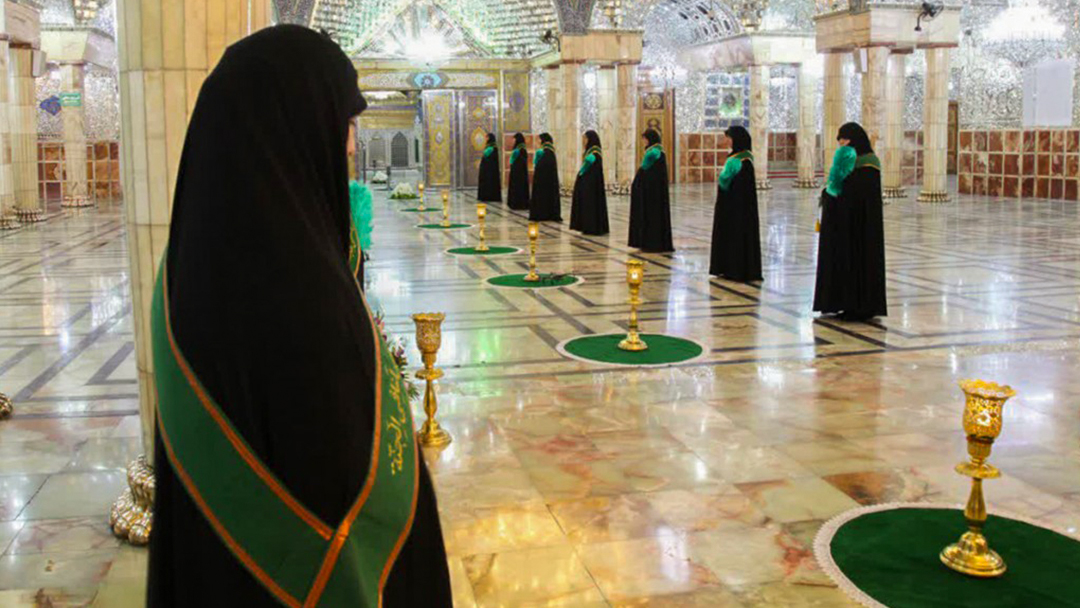Hijab in Judaism
Hijab is not only “very Islamic” but also “very Jewish.” Calls for the wearing of the hijab is not only contained in the Quran but also in the Jewish Talmud that predates the Quran by centuries. Therefore it is not strange to see members of the Jewish community also wear the hijab.
A number of orthodox Jewish groups sees the wearing of the Hijab as a “Divine calling” that all Jews have to abide to. Bruria Keren, a leader and figure of orthodox Jewish religion in Israel, has claimed that the origin of the Hijab tradition is Jewish and therefore anyone else wearing the hijab are just imitating Jews. She also is calling on all Jewish women to wear the hijab, not only as a mere response to the “Divine call” but also as a symbol of modesty as well as to assure protection from the possibility of harassment or crimes against women.
Hijab in Christianity
This is the New Testament commanding women to wear hijab (or the veil) and warning them against unveiling and uncovering themselves. In the New Testament, we read: “But every woman who prays or prophesies with her head uncovered dishonors her head—it is the same as having her head shaved. For if a woman does not cover her head, she might as well have her hair cut off; but if it is a disgrace for a woman to have her hair cut off or her head shaved, then she should cover her head.” (1 Corinthians 11:5-6)
The New Testament also commands women to dress modestly and be characterized by decency and propriety and prohibits them from finery and from uncovering or unveiling themselves. We read: “I also want the women to dress modestly, with decency and propriety, adorning themselves, not with elaborate hairstyles or gold or pearls or expensive clothes.” (1 Timothy 2:9)
Hijab in Islam
Being the final divine message, Islam has not introduced novel teachings. Rather, the teachings of Islam came as an extension of the previous divine messages. Therefore, Islam also commands women to be modest and decent and avoid finery and unveiling or uncovering themselves. The Qur’an accounts for the command to wear hijab, indicating that it is intended for protecting women from any potential harm to which they may be vulnerable if men happen to perceive their beauty and finery


